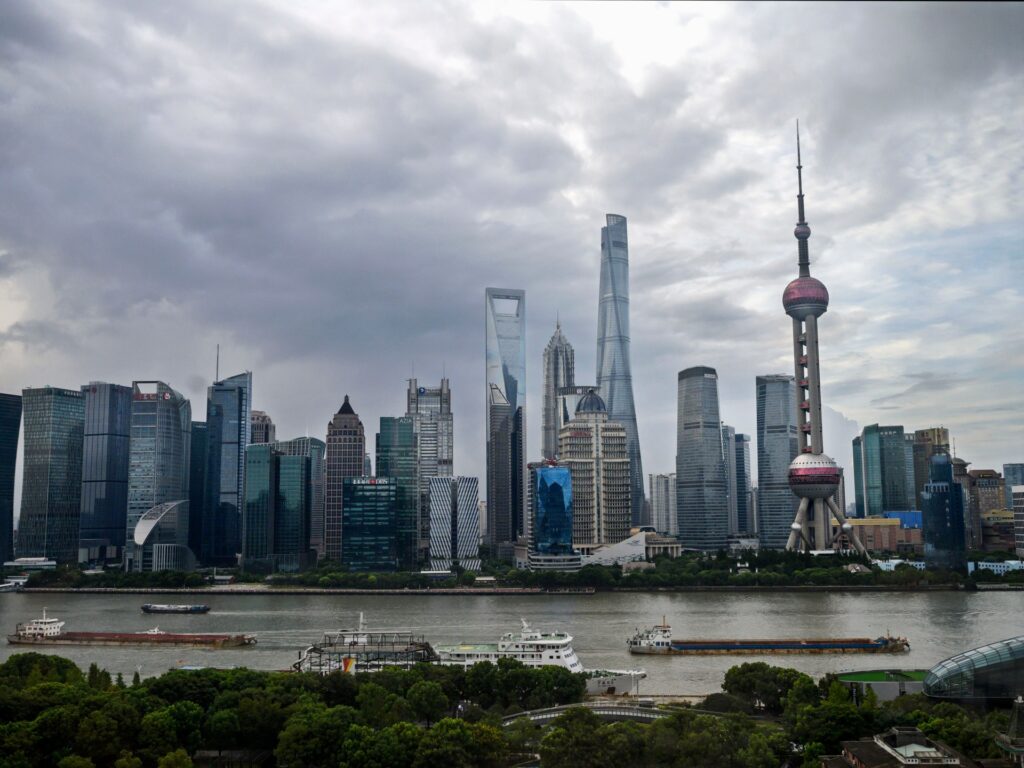China is rolling out a new visa aimed at attracting foreign talent in the fields of science and technology.
The K visa comes into effect from Wednesday, following a proclamation last month by the State Council, China’s cabinet.
Recommended Stories
list of 4 itemsend of list
The visa has attracted particular attention in light of United States President Donald Trump’s tightening of the eligibility rules for the H-1B, which Silicon Valley heavily relies on to recruit skilled labour from overseas.
What is the goal of the K visa, and how does it work?
The Chinese government has cast the visa as part of its efforts to attract foreign talent to boost the country’s competitiveness in science and technology.
Ministry of Foreign Affairs spokesman Guo Jiakun on Tuesday said the visa’s purpose was to “promote exchanges and cooperation” between science, technology, engineering and mathematics (STEM) talent from China and other countries.
The visa is the latest in a series of recent reforms intended to make China more attractive to foreigners, including streamlined visa processing and the introduction of a redesigned permanent residency card.
“From the 1980s to the 2010s, China used to lose talent to developed countries such as the United States,” Zhigang Tao, a professor of strategy and economics at Cheung Kong Graduate School of Business in Beijing, told Al Jazeera.
“Now the task is to keep local talent and also attract some global talent.”
Chinese officials have said the K visa, which will be open to graduates of recognised universities and young professionals engaged in STEM-related fields, will offer more flexible conditions than existing options.
The main advantage of the visa is that, unlike previous skilled migrant programmes, it does not require sponsorship by an employer.
However, many key details of the visa remain unclear, including duration of stay and unspecified requirements related to age, educational background and work experience.
Is the K visa likely to attract foreign talent?
Edward Hu, immigration director at consultancy Newland Chase in Shanghai, said there has been strong interest in the visa, with inquiries up more than 30 percent since August.
Hu said there has been particularly strong interest from prospective applicants in India, Southeast Asia, Europe, and the US.
“The K visa fills a gap in China’s talent system by lowering entry barriers for younger STEM talents – complementing the existing R visa, which targets top-tier experts,” Hu told Al Jazeera, referring to the visa as a “strategic move” to position China as a top destination for early-career STEM talent.
The R visa, introduced in 2013, is aimed at “high-level and professional” foreigners who are “urgently needed” by the state, and requires sponsorship by an “inviting organisation”.
Still, China’s drive to expand its talent pool with the K visa faces challenges.
While China has made moves to open to foreigners, the country is still far less internationalised than the US.
Unlike the US, China rarely grants citizenship to foreigners.
While Chinese permanent residency is more feasible to obtain, it is still only granted to a tiny fraction compared with the roughly one million non-US citizens who receive green cards each year.
Chinese work environments also present a language barrier for English-speaking applicants when compared with their Silicon Valley counterparts.
Michael Feller, chief strategist at Sydney-based business consultancy Geopolitical Strategy, said Chinese companies would need to offer English-language roles and “international-style” work schedules to compete with US firms.
“I can’t imagine many foreign graduates interested in the ‘9-9-6’ work-life balance that many Chinese firms are known for,” Feller told Al Jazeera, referring to the 72-hour workweek famously endorsed by Alibaba founder Jack Ma.

What does the K visa have to do with the H-1B?
While China’s drive to recruit talent has cast Trump’s crackdown on immigration in sharp relief, there is no direct link between the introduction of the K visa and his moves to rein in access to the H-1B.
Beijing officially unveiled its visa on August 7, weeks before Trump announced the introduction of a $100,000 fee on H-1B applications, sending shockwaves through the tech sector, especially in India, the source of about 70 percent of visa recipients.
However, many observers have suggested that the US’s inward turn could be to the benefit of other countries seeking to attract talent, including China.
“The K visa is incredible timing from China’s perspective,” Feller said.
“It’s unlikely that Beijing knew that Washington was about to hike the fees for its own H-1B visa category, but it certainly gives the K visa added impetus in the global war for talent.”
Hu of Newland Chase said he expected the shift in policy around the H-1B to “significantly boost” the appeal of the K visa, “positioning it as a timely alternative for affected talent”.
“The K visa offers a low-cost, sponsor-free pathway – aligning with the global surge in STEM talent demand and making China a more accessible option,” he said.

